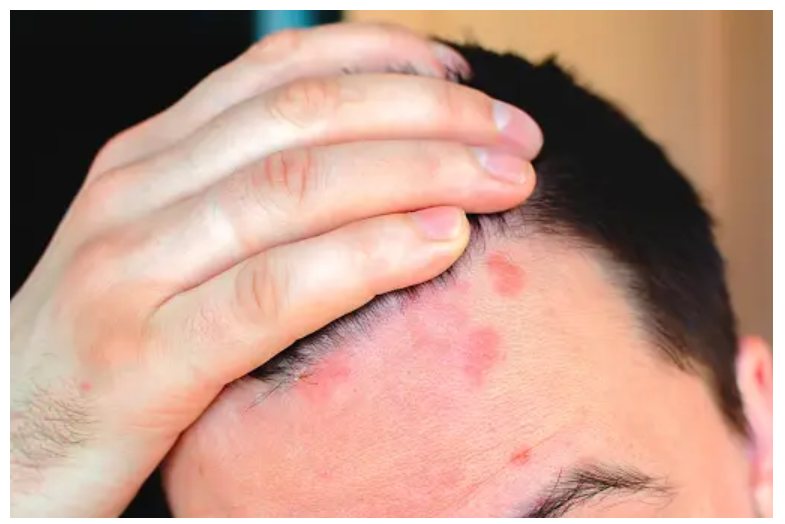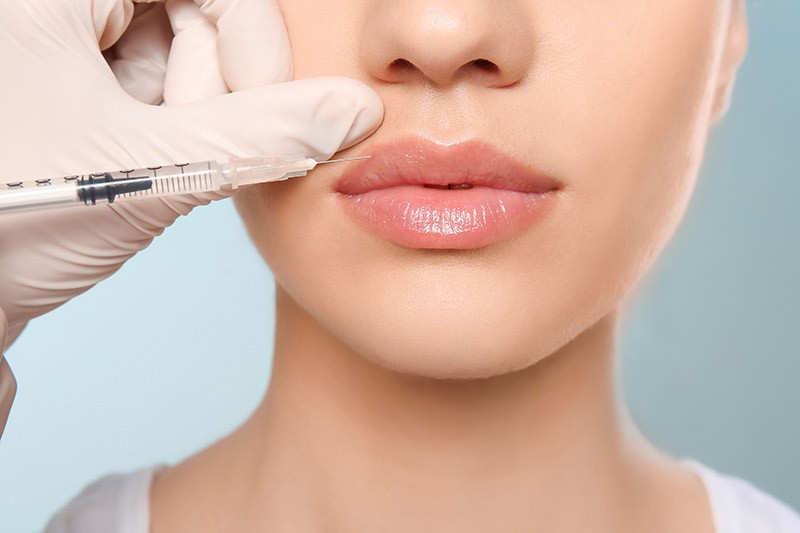Psoriasis is an autoimmune disorder that causes the skin to develop red, raised patches covered with silvery scales. While it can appear anywhere on the body, psoriasis often affects the scalp and may result in hair loss. Coping with psoriasis on the scalp can be challenging, but there are several strategies you can use to manage the condition and restore your hair confidence.
Here are some tips to help you cope with psoriasis on the scalp;
Follow prescribed treatment
If you have psoriasis elsewhere on your body, you’ll be prescribed a topical medication that treats both redness and thickened patches of skin. Your doctor may recommend using another type of treatment if your scalp isn’t responding well but only start adding new medications after talking to your doctor first. Other factors could contribute to the flare-up and make treatments less effective.
Consult a healthcare professional
Psoriasis affects everyone differently, so there’s no one-size-fits-all management approach. If you’re concerned about how your psoriasis affects your life or appearance, talk with your doctor about how best to manage it, whether taking medications regularly or changing other lifestyle habits like diet or exercise routine.
Keep the scalp clean and moisturized
Keeping your scalp clean is important when you have psoriasis. You should regularly shampoo your hair with a medicated shampoo replacement for psoriasis relief or one that contains coal tar, salicylic acid, or ketoconazole to help control the scaling and flaking of skin cells. You can also use medicated conditioners that contain coal tar or salicylic acid to keep your scalp moisturized so it doesn’t become dry or crack open from scratching. Avoid perfumed shampoos because they may trigger an inflammatory response in people with psoriasis on the head and face.
Avoid scratching
Scratching the scalp can exacerbate bleeding scalp because of psoriasis symptoms and lead to further irritation. It can also damage the hair follicles and potentially contribute to hair loss. If you experience intense itching, it’s important to resist the urge to scratch and seek guidance from your healthcare professional. They can recommend appropriate treatments or suggest ways to alleviate the itching, such as using medicated shampoos, topical corticosteroids, antihistamines, or other medications specifically designed to manage itchiness associated with psoriasis. Addressing the itching can minimize the risk of further aggravating your scalp and promote better scalp health.
Protect your scalp from trauma
Trauma to the skin from brushing or combing can cause irritation, which may worsen the symptoms of psoriasis. Try to avoid this type of friction as much as possible. If you must brush or comb your hair, do so gently and after your shower when your skin is well hydrated. Psoriasis flares up when the immune system is triggered by stress, injury, or other factors. To avoid this, first try to reduce stress in your life. If that’s impossible, try alternative methods such as meditation or yoga. You can also apply pressure points on your scalp to relieve stress.
Sun exposure and vitamin D
Sun exposure and vitamin D. Sun exposure helps improve vitamin D levels in the body, which may help improve symptoms of psoriasis when combined with other treatments such as topical steroids or phototherapy (light therapy). However, too much sun exposure can worsen symptoms by causing inflammation on top of existing lesions. Use sunscreen with an SPF 30+ or higher at least 30 minutes before going outside and every two hours while outside during peak sunlight hours, 10 a.m.–2 p.m. Put sunscreen on dry.
Camouflage techniques
You may find that camouflage works best for hiding psoriasis on your scalp. Wear a hat or scarf whenever you leave the house, which can get tedious and hot. It’s better to wear your hair in a stylish style so that no one can see your bare scalp. Use long hair to conceal any psoriasis patches by pulling it forward into a ponytail, braid, or updo hairstyle. If you’ve got short hair, opt for an under-cut hairstyle instead.
Be open and seek support.
Psoriasis on any part of the body can be embarrassing. It’s normal for people who have this condition to feel self-conscious about their appearance when they’re out in public. But there are ways to deal with these feelings so they don’t affect your appearance. Be open and seek support from others who have experienced psoriasis. It’s important to remember that you’re not alone in dealing with this chronic condition. You may also find relief from wearing wigs or hats, which allow you to cover up affected areas while keeping your hair clean and free of product buildup.
Conclusion
Truthfully, this can be difficult for many people who are affected by scalp psoriasis. Not only do you have to deal with the psychological impact of a condition like this, but now you have to worry about how you’ll deal with what people think and whether they’ll respect your privacy. Everyone’s experience with psoriasis is unique, so it’s important to find what works best for you. By following these coping strategies and working closely with your healthcare professional, you can effectively manage scalp psoriasis and restore your hair confidence over time.











